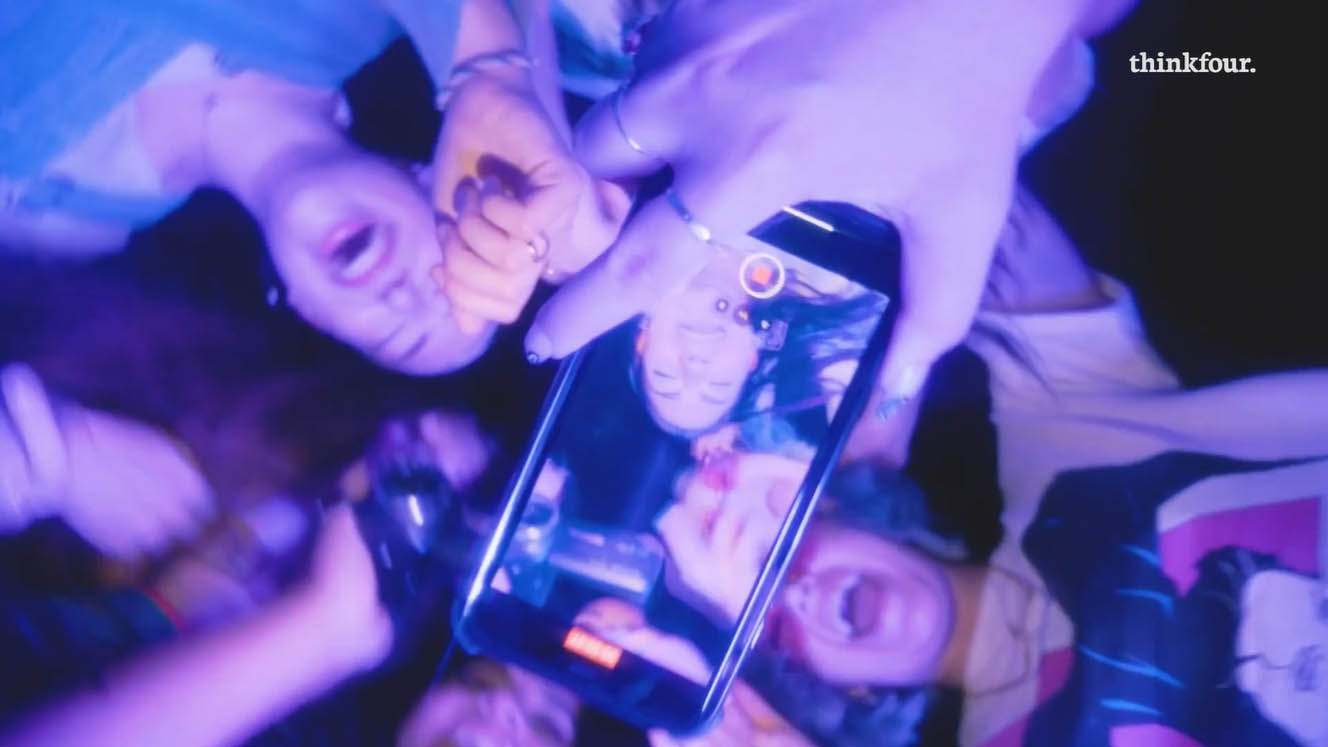

Watch this to learn about composition for Higher Art (and how to take the best group selfie)
We all have cameras in our phones, ready to hand at all times to record the world around us.
This gives us immediate imagery of what we see in front of us. It might be a beautiful sunset, with the intriguing silhouette of urban buildings in the distance.
It might be our view of candid family gathering, no one looking at the camera but everyone in a specific arrangement that gives a sense of togetherness and of an unbreakable bond.
But have you ever considered....what makes you take those particular photographs? Have you ever considered the composition contained within those photographs? Of the arrangement and placement of the objects, people in front of you.....and have you ever considered the impact of being able to change and alter this arrangement through Art? What could you highlight? What could you alter to lead the eye towards a specific area of interest? What could it symbolise?
Let’s build the picture to properly understand composition.
This is thinkfour.
Before we start to analyse composition and consider why artists have chosen to contain certain arrangements within their artwork, we need to identify what artists are attempting to gain through their use of composition and unpack what we need to identify.
Let’s look at Night River by Leonid Afremov. First, lets look at how we are lead into the composition. By placing us, the viewer, at the widest point of the river, we see the perspective of the viewpoint through the artist’s eyes. What is leading us into the river? It is the composition of the leading parallel lines of the river bank, leading our eyes up to the bridge, encouraging us into the journey of the scene. Where is the river taking us? Towards the connecting bridge and towards the focal point – the buildings in the middle of the painting. What else in the composition arrangement is encouraging our eye to this focal point? Consider the leading, vertical lines from the bridge, directly underneath the buildings. They are all pointing up towards the main event, almost directing our eye and enclosing us into this tunnel vision to appreciate the buildings in the distance.
Then let’s look at the arrangement of the objects around the buildings, in this case, the rows of trees on either side of the river and the vast overgrowth featured around the top. The buildings are completely framed by this cluttered, exaggeration of chaotic colour representation of foliage. Because of this, our eye is again led up and around the painting to then be drawn to the main focal point of the buildings.
Every part of this composition is connected – the two sides of the river are connected by the bridge, the focal point of the buildings are connected and essentially connect the trees on either side of the river. These connections are not an accident, they are a direct result of the decisions made by the artist. Leonid Afremov has painting and augmented this composition to give the viewer a balanced tunnel view of his perception of the night view before him.
Consider this next time you take a snap shot of a composition in front of you. What do you notice first? What feeling is communicated through the arrangement before you? If you were to alter it in any way, how could you encourage the viewer to be drawn to a focal point? What do you want the viewer to see....to appreciate....to understand in the message you are trying to portray.....?
Your choice of composition matters, in your personal photos and in your artwork. Learn to think about it carefully and see how other artists use it.
This was thinkfour, thanks for watching.



| Cookie | Duration | Description |
|---|---|---|
| cookielawinfo-checbox-analytics | 11 months | This cookie is set by GDPR Cookie Consent plugin. The cookie is used to store the user consent for the cookies in the category "Analytics". |
| cookielawinfo-checbox-functional | 11 months | The cookie is set by GDPR cookie consent to record the user consent for the cookies in the category "Functional". |
| cookielawinfo-checbox-others | 11 months | This cookie is set by GDPR Cookie Consent plugin. The cookie is used to store the user consent for the cookies in the category "Other. |
| cookielawinfo-checkbox-necessary | 11 months | This cookie is set by GDPR Cookie Consent plugin. The cookies is used to store the user consent for the cookies in the category "Necessary". |
| cookielawinfo-checkbox-performance | 11 months | This cookie is set by GDPR Cookie Consent plugin. The cookie is used to store the user consent for the cookies in the category "Performance". |
| viewed_cookie_policy | 11 months | The cookie is set by the GDPR Cookie Consent plugin and is used to store whether or not user has consented to the use of cookies. It does not store any personal data. |
